AC refrigerant check is part of maintaining your air conditioning system’s performance, especially during peak summer months.
As the summer heat intensifies, many homeowners wonder if their AC system has enough refrigerant to keep their homes cool. Understanding how to check your AC's refrigerant levels can help you maintain your system and avoid costly repairs.
Low refrigerant levels can reduce your AC's efficiency, increase your energy bills, and potentially damage your system if left unchecked.
Checking refrigerant levels isn't typically a DIY task for most homeowners. It requires specialized equipment like pressure gauges and knowledge of the proper pressure readings for your specific system.
While some visible signs can indicate low refrigerant, such as ice on the refrigerant lines or inadequate cooling, accurate measurement requires professional tools and expertise.
We recommend having your HVAC system inspected annually by a certified technician who can properly check refrigerant levels as part of routine maintenance.
This regular check helps ensure your system runs efficiently and prevents small issues from becoming major problems. If you suspect low refrigerant between maintenance visits, contact a professional rather than attempting to add refrigerant yourself.
In this guide you’ll learn how refrigerant works, why pressure checks matter, and when it’s time to call a certified technician, through the following topics:
- Understanding refrigerant in your AC system
- How to check your AC’s refrigerant levels
- What happens if your AC refrigerant level is wrong?
- AC refrigerant safety, maintenance, and environmental impact
Whether you’re noticing poor cooling or planning routine maintenance, understanding refrigerant behavior can help you make smarter, safer HVAC decisions.
Understanding refrigerant in your AC system
Refrigerant is the lifeblood of your air conditioning system, working behind the scenes to keep your home cool. This specialized chemical substance absorbs heat from inside your home and releases it outside through a continuous cycle.
What does refrigerant do in an AC system?
Refrigerant in your AC system is responsible for heat transfer, the fundamental process that makes air conditioning possible. As warm air from your home passes over the evaporator coil, the refrigerant absorbs this heat and changes from a liquid to a gas state. This process effectively removes heat from your indoor air.
The cooled air is then circulated back into your living spaces. Without proper refrigerant levels, your AC unit cannot effectively cool your home. This is why maintaining the correct amount of refrigerant is crucial for your system's performance.
Low refrigerant levels force your air conditioner to work harder, increasing energy consumption and potentially damaging components over time.
According to the EPA, incorrect refrigerant level can reduce AC efficiency by 5–20%. Regular refrigerant checks help maintain performance and prevent premature component failure.
Types of refrigerants used in home AC units
Several types of refrigerants have been used in residential AC systems over the years. R-22 (also known as Freon) was once the standard but has been phased out due to its harmful environmental effects. It's no longer produced or imported in the US since 2020.
R-410A (often sold under the brand name Puron) has become the common replacement for R-22 in newer systems. It's more environmentally friendly and operates at higher pressures, making systems more efficient.
Other refrigerant options include:
- R-134a: Used in some applications
- R-32: A newer option with lower global warming potential
- R-454B: An emerging alternative for residential systems
When servicing your AC, it's important to know which refrigerant your system uses.
How refrigerant flows through your AC system
Refrigerant travels through your HVAC system in a continuous loop, changing states to transfer heat. The cycle begins when liquid refrigerant enters the evaporator coil inside your home.
As warm indoor air passes over the coil, the refrigerant absorbs heat and transforms into a gas. The compressor then pressurizes this gas, raising its temperature even higher.
The hot, high-pressure gas moves to the outdoor condenser coil where it releases heat to the outside air. This causes the refrigerant to cool and condense back into a liquid state.
Finally, the liquid refrigerant passes through an expansion valve, which reduces its pressure and temperature before it returns to the evaporator coil to begin the cycle again. This continuous circulation is what enables your air conditioner to cool your home effectively.
How to check your AC’s refrigerant levels
Checking refrigerant levels in your air conditioner is a technical process that requires specific tools and knowledge. While some preliminary checks can be done by homeowners, proper refrigerant testing often requires professional expertise.
Signs your AC has low refrigerant
Your AC might be low on refrigerant if you notice several warning signs. First, reduced cooling power is a common indicator - your home doesn't get as cool as it should despite the AC running constantly.
Ice forming on the evaporator coil or refrigerant lines is another clear sign. This happens because low refrigerant causes pressure drops that lead to freezing.
You might also hear hissing or bubbling sounds coming from your AC unit. These noises often indicate a refrigerant leak.
Higher electric bills can signal refrigerant issues too. When refrigerant is low, your system works harder to cool your home, using more electricity.
Warm air blowing from vents is perhaps the most obvious sign. If your AC is blowing air that's not much cooler than room temperature, refrigerant might be low.
How to use gauges to measure AC refrigerant pressure
To check refrigerant pressure accurately, you'll need a manifold gauge set. This tool connects to the service ports on your AC unit and shows the pressure readings.
The gauge set has two gauges: a blue low-pressure gauge and a red high-pressure gauge. Each connects to different parts of your system.
Proper readings depend on your AC model and refrigerant type. Most systems using R-410A should show pressure between 100-150 PSI on the high side and 50-70 PSI on the low side when running.
Temperature affects pressure readings significantly. Ideal pressure varies based on outdoor temperature, so you'll need to consult your AC manual or refrigerant charging charts.
Remember that pressure alone doesn't tell the whole story. Professional technicians also measure superheat and subcooling values for accurate diagnosis.
Steps for safely checking refrigerant levels
- Identify your refrigerant type - Check the label on your outdoor unit. Common types include R-410A and R-22.
- Gather proper equipment - You'll need a manifold gauge set, thermometer, and safety gear like gloves and eye protection.
- Turn on your AC - Let it run for at least 15 minutes to stabilize pressures and temperatures.
- Connect the gauges - Attach the blue hose to the low-pressure service port (larger line) and the red hose to the high-pressure port.
- Read the pressure - Compare readings to manufacturer specifications for your unit and current outdoor temperature.
- Check the temperature - The refrigerant line returning to the outdoor unit should be cool to the touch, around 50-60 degrees.
Proper measurement requires understanding of superheat and subcooling calculations, which is why this task is typically best left to professionals.
When to call a pro for AC refrigerant issues
We strongly recommend calling a professional HVAC technician for refrigerant issues. Handling refrigerant requires EPA certification because these chemicals can harm the environment.
Most refrigerant problems indicate a leak that needs repair. Simply adding more refrigerant without fixing the leak is wasteful and potentially illegal.
Professional technicians have specialized equipment to detect leaks accurately. They use electronic leak detectors, UV dyes, and other tools that homeowners typically don't have.
The cost of a service call ($75-$200) is much less than the potential damage from DIY refrigerant work. Mistakes can lead to compressor failure, which costs thousands to replace.
Many AC warranties become void if non-certified people handle refrigerant. This means DIY refrigerant work could cost you coverage for expensive repairs later.
What happens if your AC refrigerant level is wrong?
Refrigerant levels in your AC system play a crucial role in determining how well your unit functions. When these levels aren't right, your cooling system can suffer in multiple ways, leading to performance issues and potential damage.
Common causes of refrigerant leaks
Refrigerant leaks typically occur due to physical damage to components that contain the refrigerant. Damaged coils or connectors often become weak points where refrigerant can slowly escape. Over time, normal wear and tear can create tiny holes or cracks in refrigerant lines.
Faulty installation is another major culprit. When an AC system isn't installed correctly, connections may not be properly sealed, creating potential leak points.
Poor service procedures can also lead to problems. If a technician doesn't follow proper protocols during maintenance, they might accidentally damage components or fail to secure connections properly.
Common causes of leaks include:
- Corrosion of copper lines
- Vibration causing connections to loosen
- Factory defects in system components
- Physical damage to outdoor units
- Poor installation practices
Impact of low refrigerant on cooling performance
When refrigerant levels drop below the recommended amount, your AC's cooling ability suffers dramatically. The first sign is often weak airflow from your vents. Your system will run longer trying to reach the temperature on your thermostat, but the air coming out won't feel as cool as it should.
Low refrigerant can cause the evaporator coil to freeze. This creates a layer of ice that blocks airflow and further reduces cooling capacity.
Your energy bills will likely increase as the system works harder to compensate for reduced efficiency. In hot weather, you might notice your home never reaches the desired temperature despite the AC running constantly.
The cooling cycle becomes disrupted when refrigerant is low. This means inconsistent temperatures throughout your home and potentially uncomfortable living conditions during hot weather.
Potential damage to your AC components
Low refrigerant levels force your compressor to work harder. This critical component can overheat and ultimately fail when not properly cooled by sufficient refrigerant. Replacing a compressor is one of the most expensive AC repairs.
The evaporator coil suffers when refrigerant is low. Repeated freezing and thawing cycles can cause permanent damage to this delicate component, leading to cracks or corrosion.
Components at risk from low refrigerant:
- Compressor (potential burnout)
- Evaporator coil (freeze damage)
- Expansion valve (irregular operation)
- Motor (excessive strain)
If left unaddressed, refrigerant issues can cascade into system-wide failures. What starts as slightly reduced cooling can quickly become a completely non-functional AC unit requiring total replacement.
AC refrigerant safety, maintenance, and environmental impact
Proper maintenance of your AC's refrigerant system protects both your equipment investment and our environment. Safety precautions are essential when dealing with any refrigerant-related tasks.
Routine maintenance tips for maintaining proper refrigerant levels
Regular HVAC maintenance helps prevent refrigerant issues before they start. We recommend checking your air filter monthly and replacing it every 1-3 months. Dirty filters restrict airflow, forcing your system to work harder.
Keep outdoor units clear of debris and vegetation. This ensures proper airflow and efficient heat transfer.
Set your thermostat to reasonable temperatures. Extreme settings make your system work harder and can stress refrigerant lines.
Check your circuit breaker if your AC suddenly stops working. Sometimes a tripped breaker can be mistaken for refrigerant issues.
Schedule professional maintenance twice yearly. Technicians will inspect refrigerant lines, check pressure levels, and identify potential leaks before they become problems.
Listen for unusual noises or notice reduced cooling efficiency? These might indicate refrigerant issues requiring professional attention.
Environmental impact and GWP of different refrigerants
Modern refrigerants have varying environmental impacts, measured by their Global Warming Potential (GWP). Higher GWP numbers mean greater climate impact if released into the atmosphere.
Older systems might use R-22 (Freon), which has a high GWP of 1,810 and damages the ozone layer. This refrigerant is being phased out globally.
R-410A, common in newer systems, doesn't harm the ozone layer but still has a high GWP of 2,088. It's being gradually replaced by more eco-friendly alternatives.
Newer refrigerants like R-32 have a GWP of just 675, making them significantly better for the environment. Some systems now use natural refrigerants with minimal environmental impact.
Proper handling and disposal of refrigerants is legally required. Release of refrigerants into the atmosphere is harmful and illegal.
Replacing or upgrading refrigerant in your home AC
When buying a new AC system, consider models using lower-GWP refrigerants. This future-proofs your investment against upcoming refrigerant regulations.
If selling your home, an AC system using current refrigerants can be a selling point. Outdated systems with R-22 may need costly upgrades.
Converting an older system to use newer refrigerants isn't simple. It often requires component replacements or a complete system upgrade.
Professional technicians must handle all refrigerant replacements. DIY refrigerant work is dangerous, illegal, and can damage your system.
Keep maintenance records of refrigerant services. This documentation helps track system performance and may be valuable when selling your home.
Consider the age of your system before investing in refrigerant replacement. For systems over 10 years old, full replacement might be more cost-effective long-term.
Conclusion
Maintaining proper refrigerant levels is essential to ensure your AC system operates efficiently and avoids costly damage. From understanding how refrigerant circulates to recognizing signs of low pressure, this knowledge empowers homeowners to take timely, informed action.
While some signs can be spotted visually, accurate refrigerant checks should always be performed by certified HVAC professionals to ensure safety and compliance with environmental regulations.
If your system shows signs of low refrigerant or inconsistent cooling, contact the HVAC experts at TCM Heating & Cooling. Our licensed technicians provide thorough refrigerant diagnostics and maintenance to keep your home comfortable and energy-efficient all summer long.

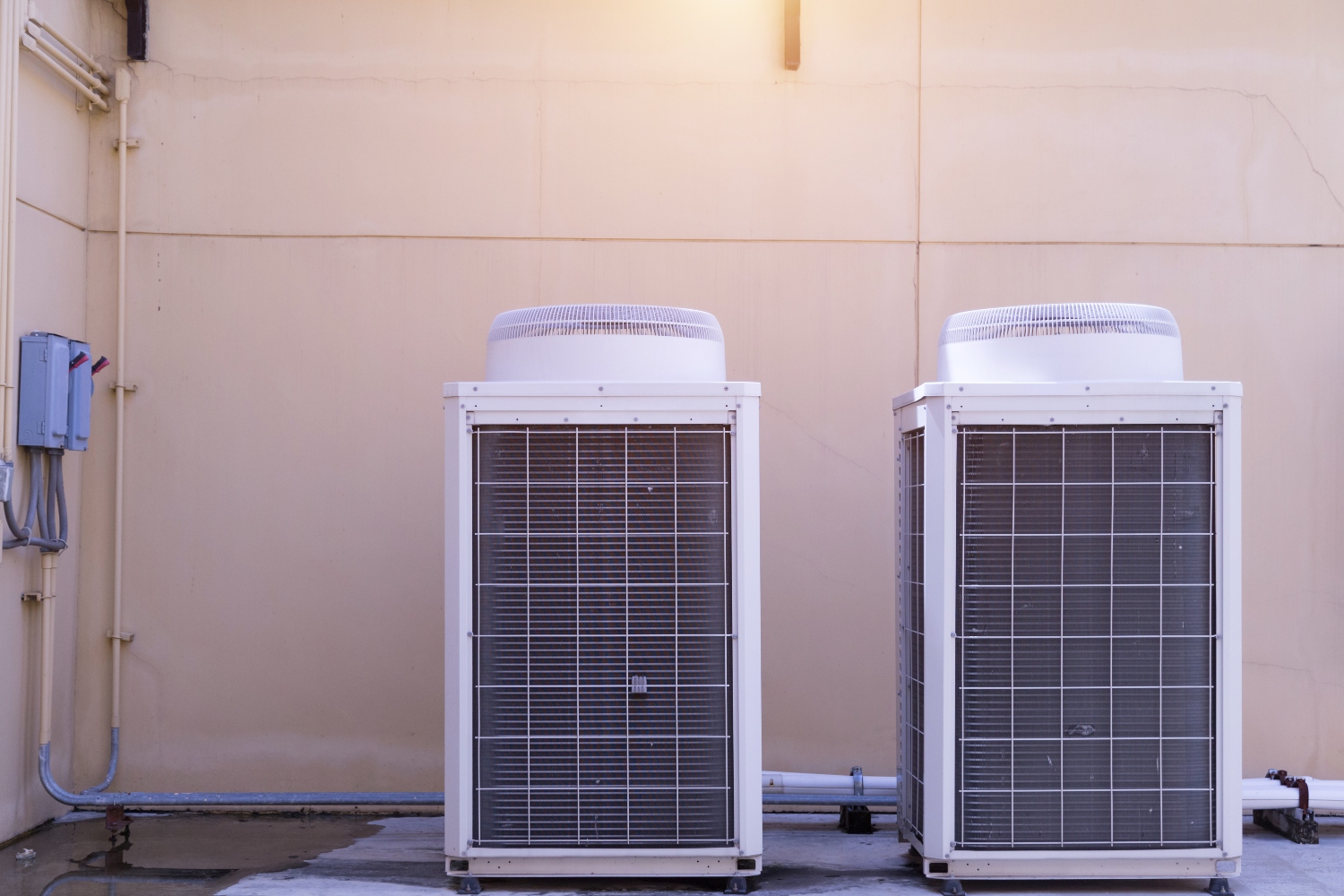

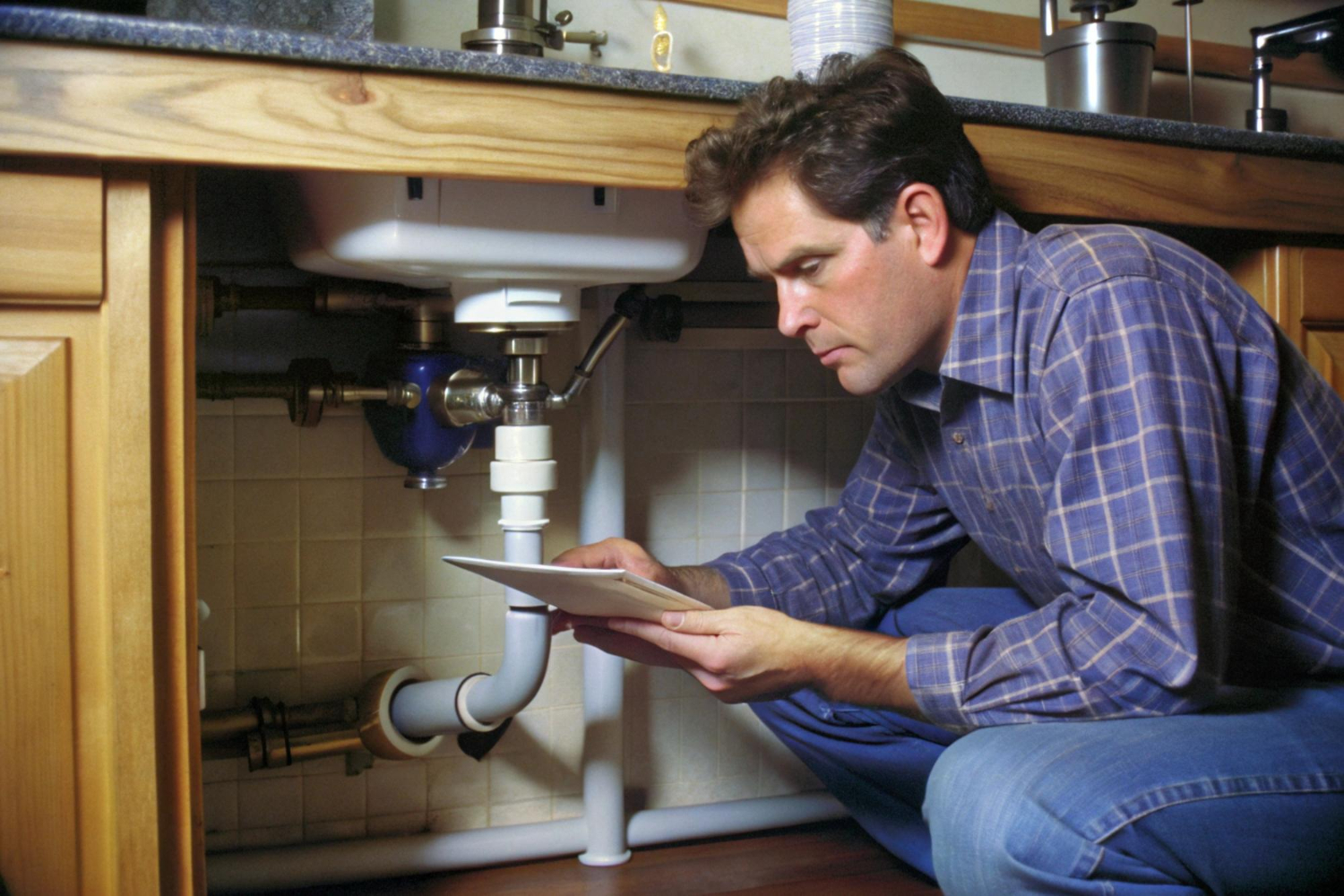
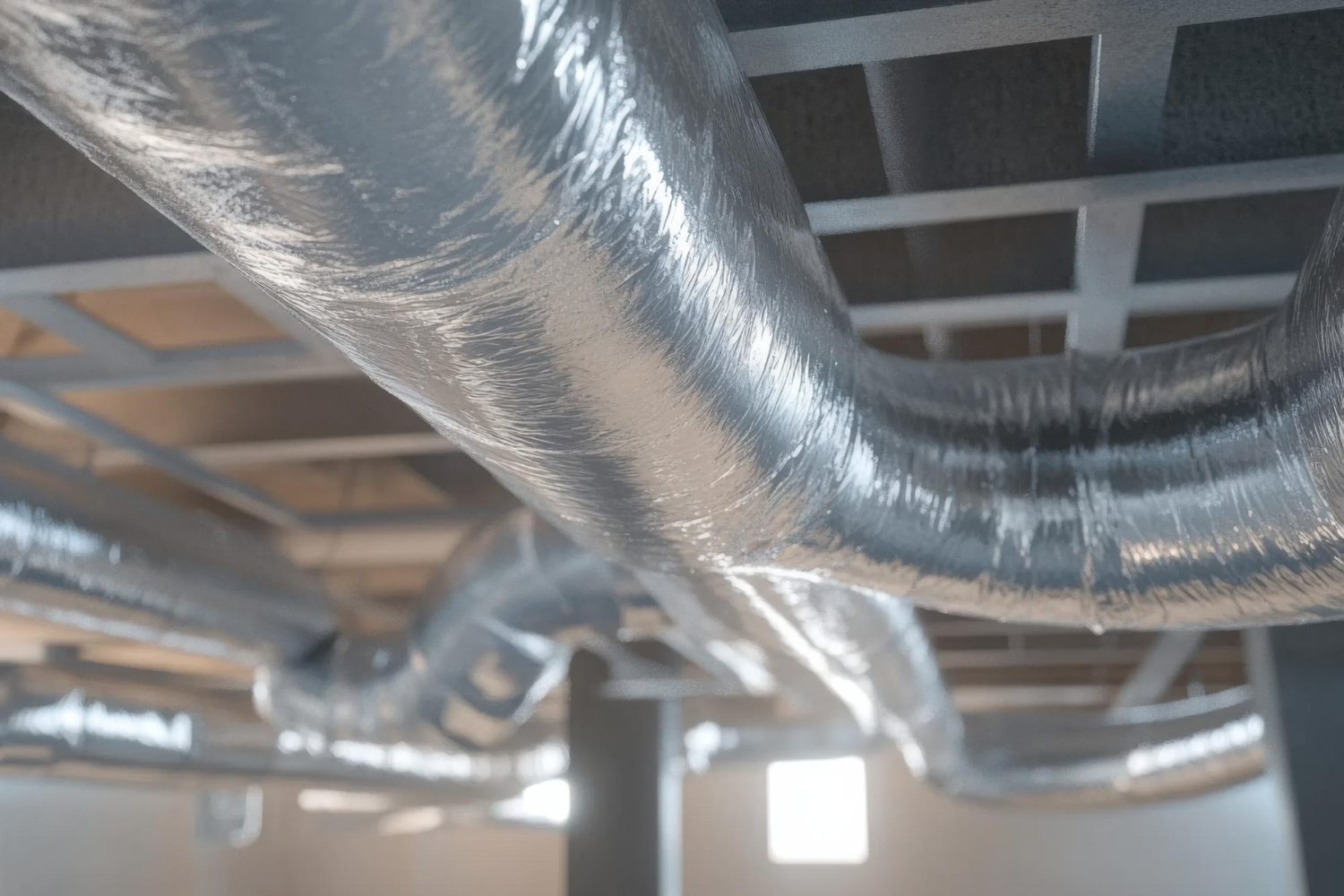
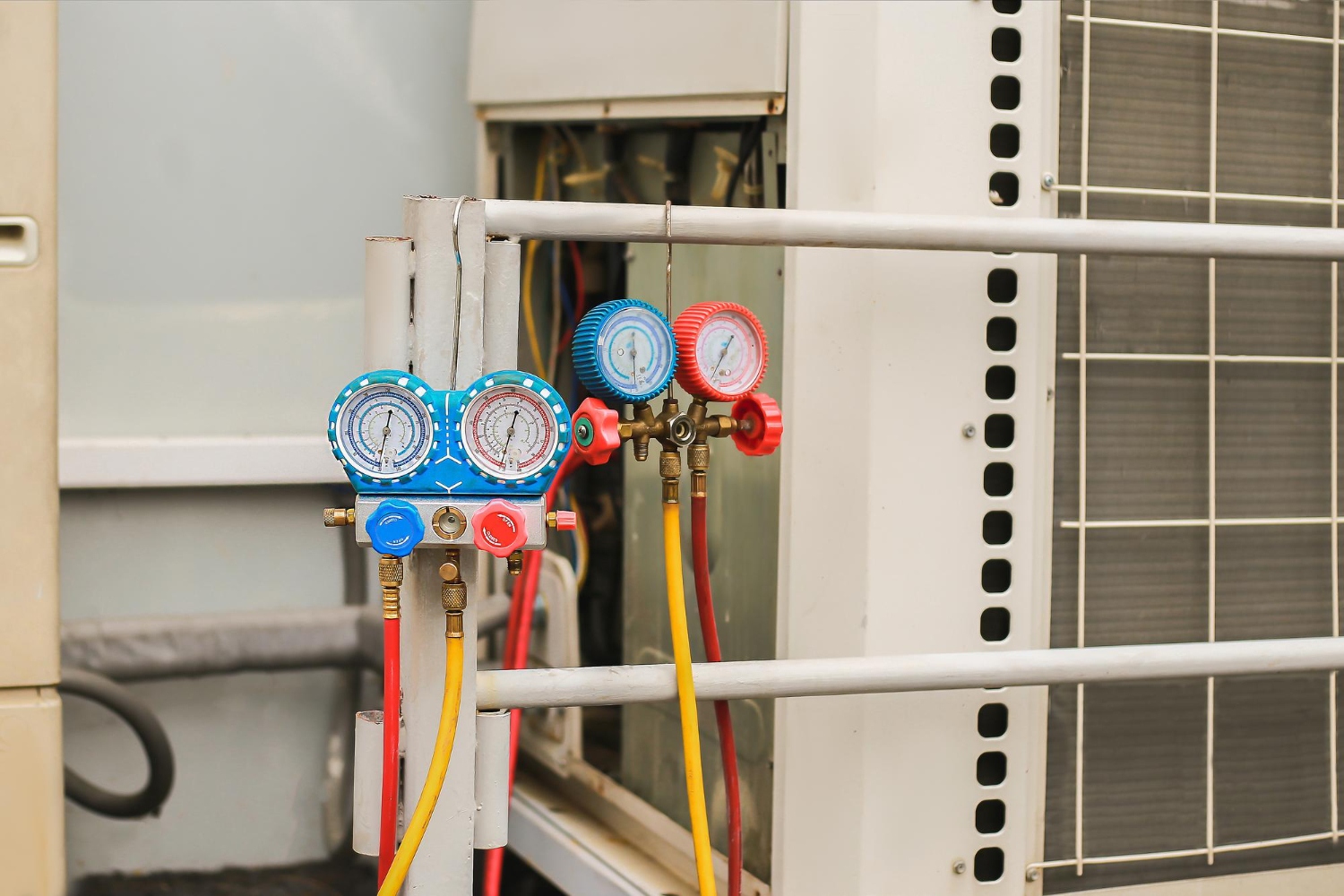
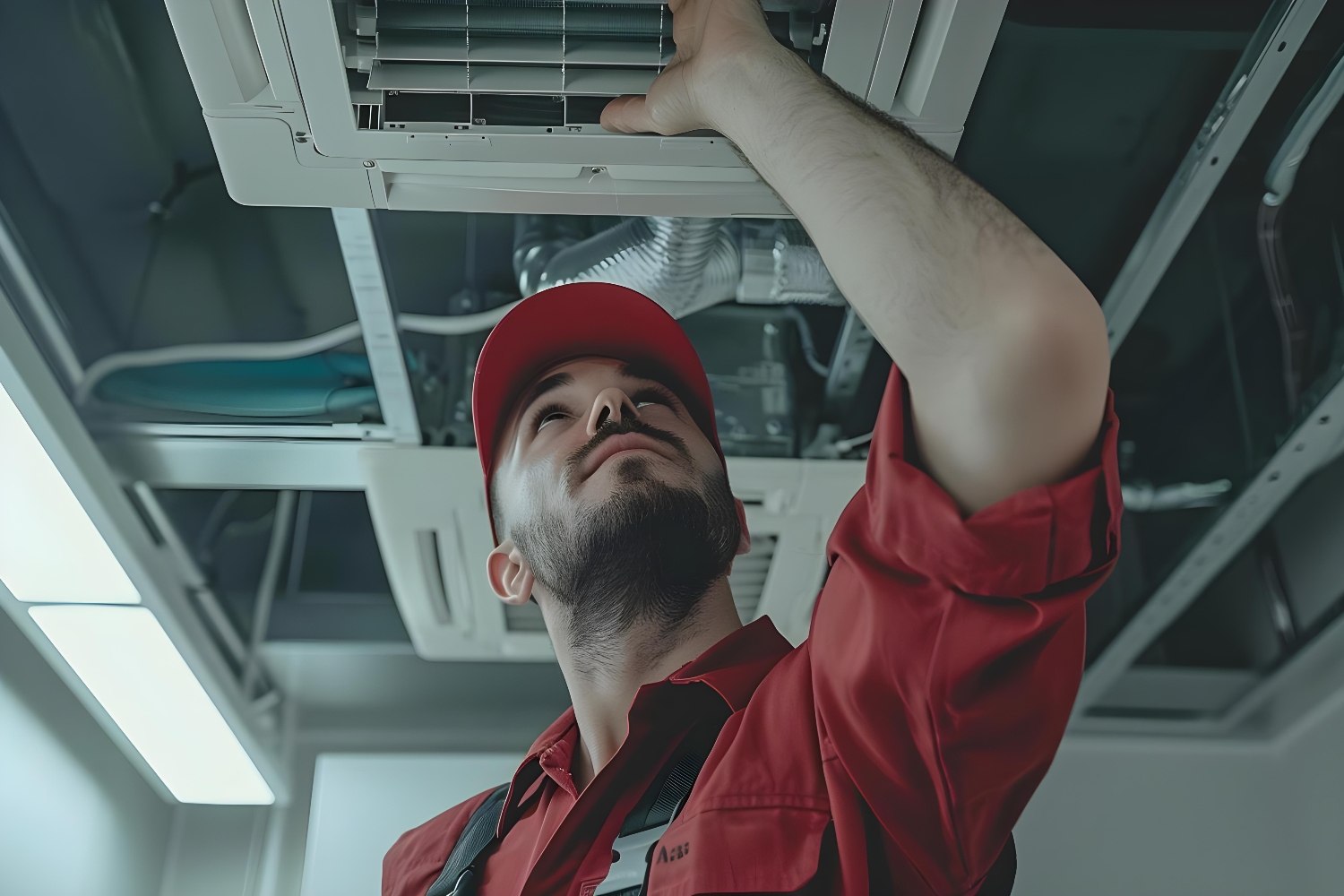
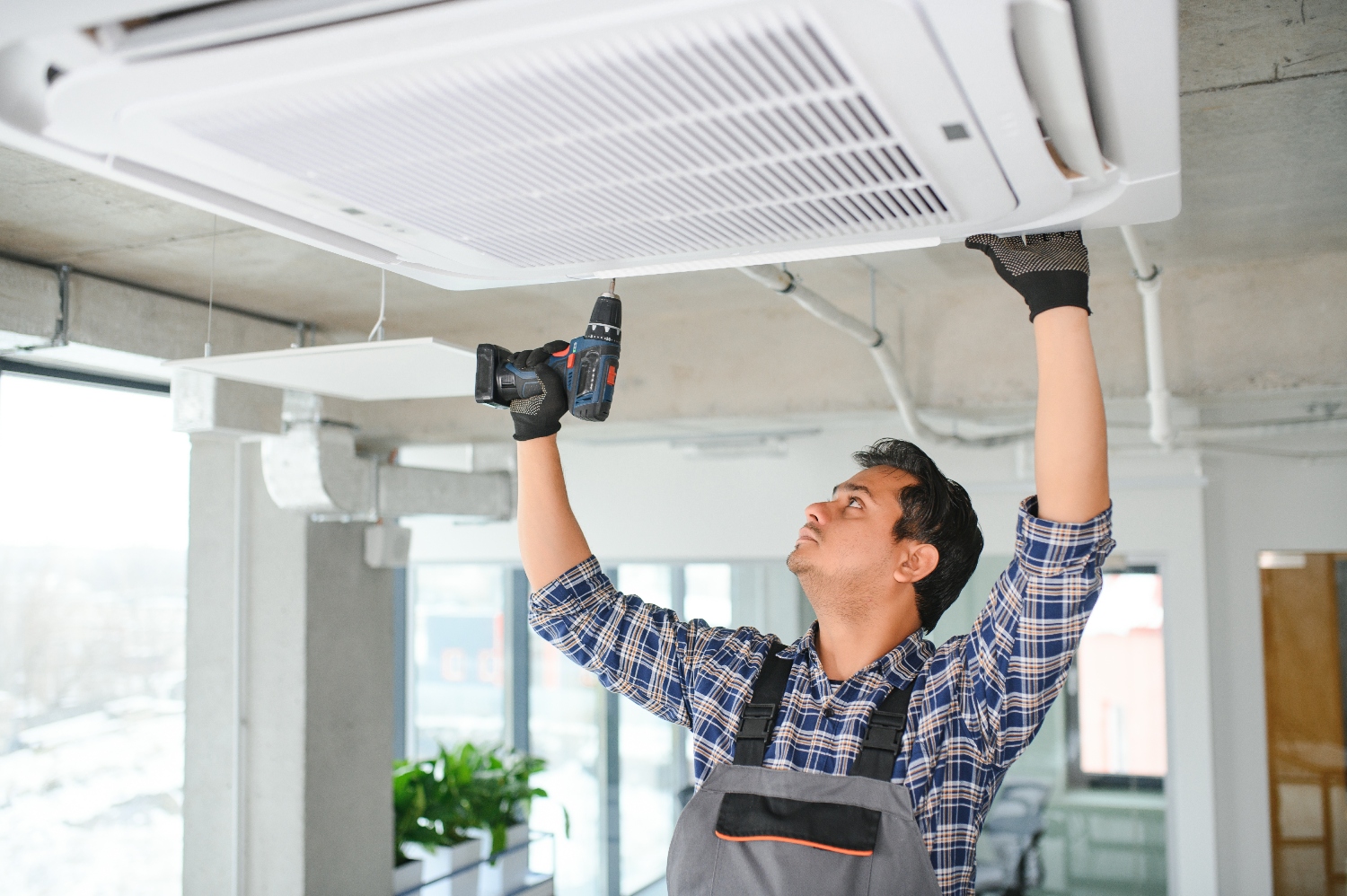





























































.jpg)
.jpg)

.jpg)
.jpg)




















